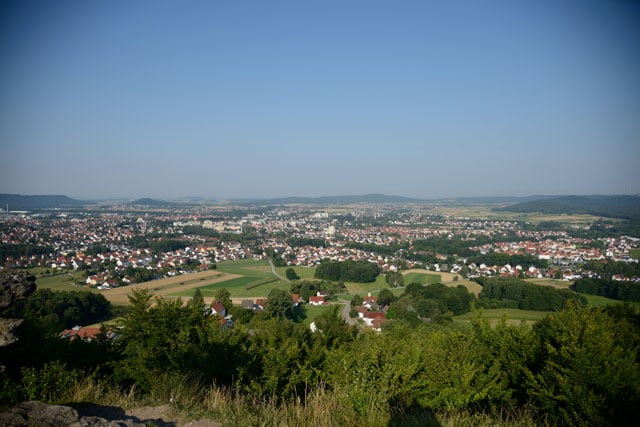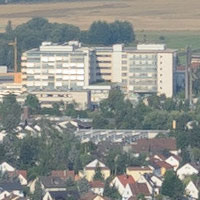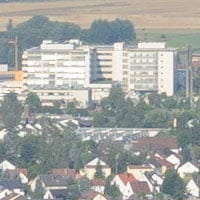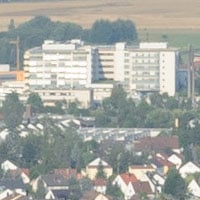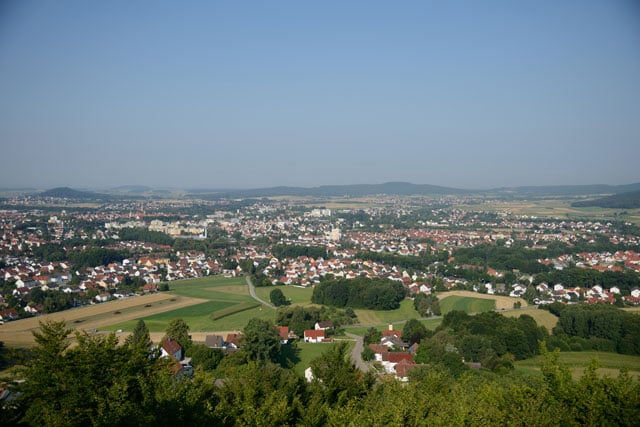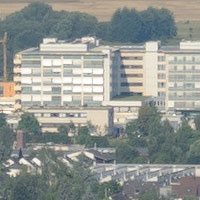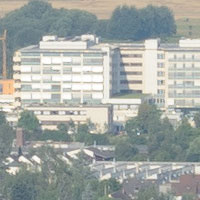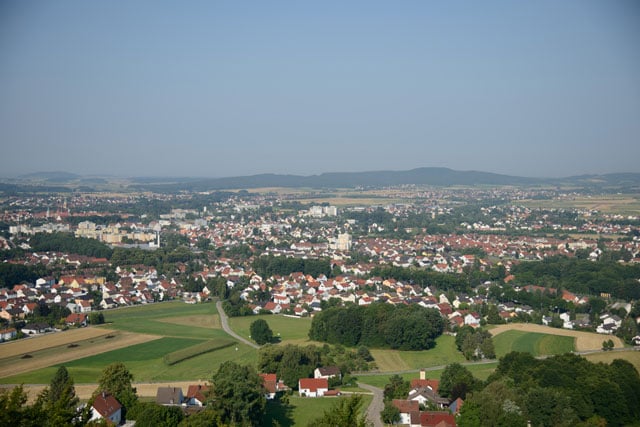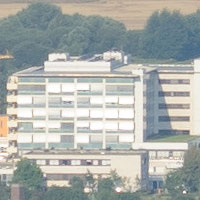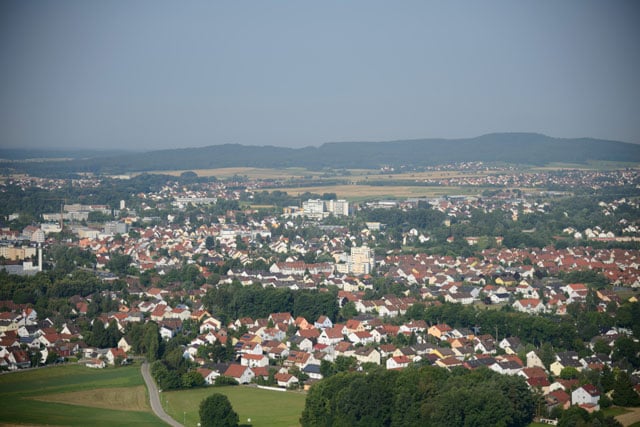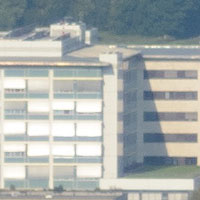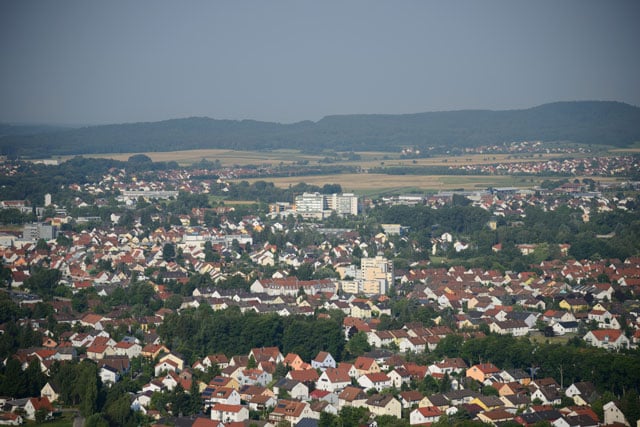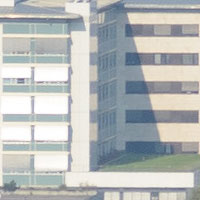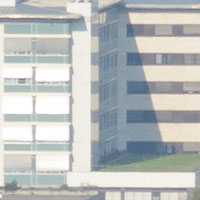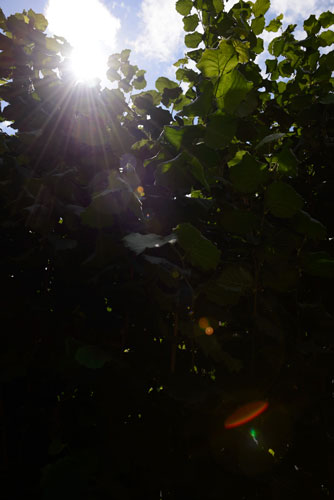Nikon 24-120mm f4G VR review
-
-
Written by Thomas
Quality
Sharpness and contrast
Let’s have a look at the theoretical performance (MTF-charts) at the wide and the long end first:
Nikkor AF-S 24-120mm f/4.0G VR MTF | ||
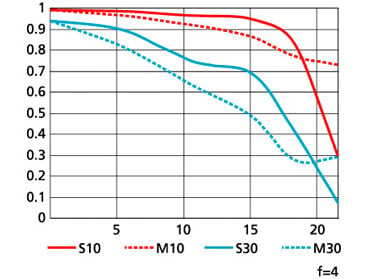 | ||
| at 24mm, f4.0 | at 120mm, f4.0 | |
These charts show the lens-performance at the largest aperture f4.0. Higher values are better and the closer the dotted and the continuous lines of each color are together the less astigmatism (= resolution depends on the orientation of the test-pattern) the lens has. The x-axis displays the distance from the optical axis (=center of the sensor) in mm. I’ll show you the real-life performance at 4 mm (center), 13 mm (DX-corner), and 20 mm (FX-corner) on a D800.
From the charts the new lens should perform better than its predecessor, the AF-S 24-120mm f/3.5-5.6G, especially in the DX image-circle on the wide end. On the long end progress is not so easy to identify and can mostly be found in less astigmatism. Although this comparison is a bit unfair for the new constant aperture lens as the older lens only offers f5.6 at 120mm. Let’s see how this theoretical performance translates into real life results in the sharpness test based on Siemens-stars.
What follows are near-center results (first column) followed by DX-corner results and FX-corner results on a D800. The D800 results from the DX-corner should be a very good approximation for performance on a 16MP DX sensor (like the D7000), because the pixel-pitch of both sensors are the same. But differences in the AA-filter and micro-lens-design of a D800 and a D7000 might yield different end-results.
Processing was done in Lightroom 4.1 from RAW at camera standard settings. Noise-reduction is set to 0, sharpening to 70/0.5/36/10, with no extra tone, color, or saturation-adjustment. White-balance was adjusted to a neutral white and I did some exposure compensation to make the brightness match. CA-removal is ON.
These are 100% crops!
Let’s have a look at the performance at 24mm first:
Nikkor AF-S 24-120mm f/4.0G VR with Nikon D800 100% crop from center | Nikkor AF-S 24-120mm f/4.0G VR with Nikon D800 100% crop from DX-corner | Nikkor 24-120mm f/4.0G VR with Nikon D800 100% crop from FX-corner | ||
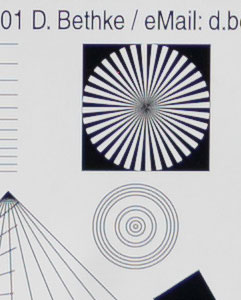 | 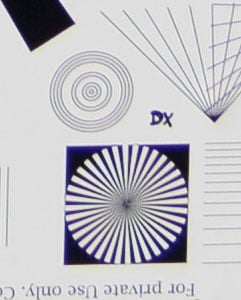 | 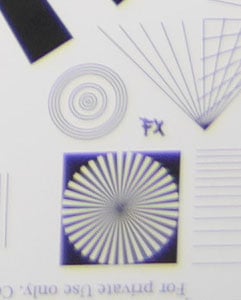 | ||
24mm, f4.0, 100 ISO | 24mm, f4.0, 100 ISO | 24mm, f4.0, 100 ISO | ||
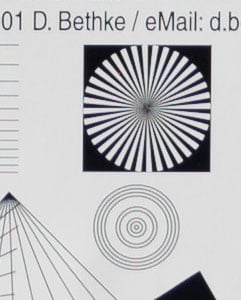 | 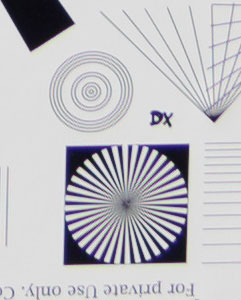 | 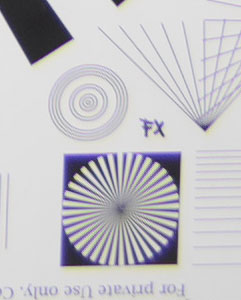 | ||
24mm, f5.6, 100 ISO | 24mm, f5.6, 100 ISO | 24mm, f5.6, 100 ISO | ||
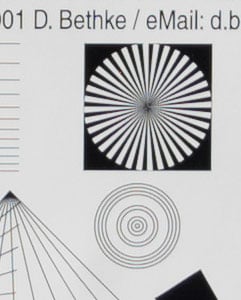 | 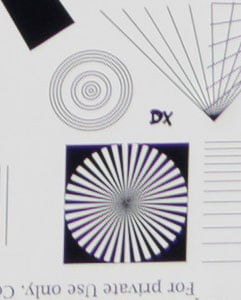 | 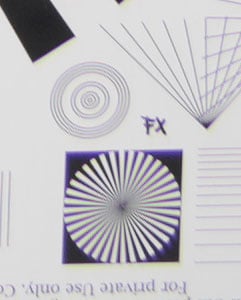 | ||
24mm, f8.0, 100 ISO | 24mm, f8.0, 100 ISO | 24mm, f8.0, 100 ISO | ||
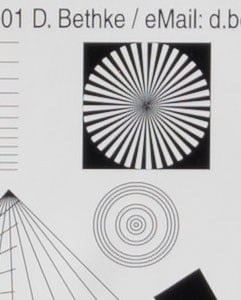 | 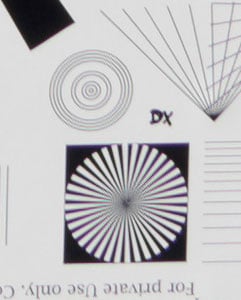 | 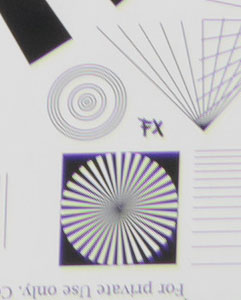 | ||
24mm, f11, 100 ISO | 24mm, f11, 100 ISO | 24mm, f11, 100 ISO |
These 100% crops directly from a 36MP D800 sensor show that this lens performs very well in the center with diffraction setting in at f11. The performance in the DX-corner is also very good even wide open and suffers only a little from distortions. But there’s a clear drop in performance towards the FX-corner with astigmatism and haloing. Even stopping down to f8 brings the FX-corner only up to good levels.
Performance at 35mm:
Nikkor AF-S 24-120mm f/4.0G VR with Nikon D800 100% crop from center | Nikkor AF-S 24-120mm f/4.0G VR with Nikon D800 100% crop from DX-corner | Nikkor AF-S 24-120mm f/4.0G VR with Nikon D800 100% crop from FX-corner | ||
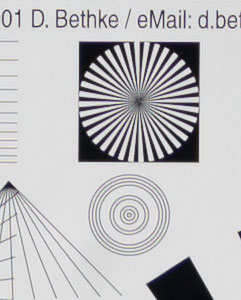 | 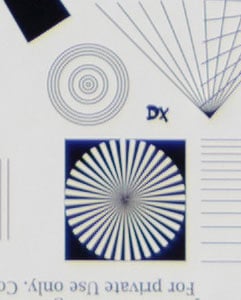 | 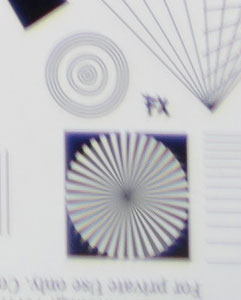 | ||
35mm, f4.0, 100 ISO | 35mm, f4.0, 100 ISO | 35mm, f4.0, 100 ISO | ||
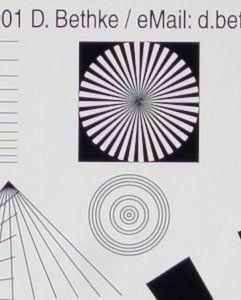 | 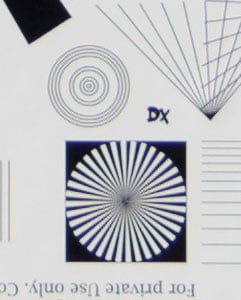 | 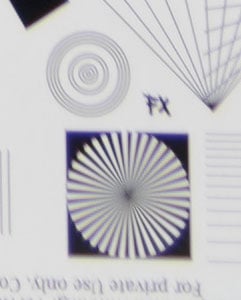 | ||
35mm, f5.6, 100 ISO | 35mm, f5.6, 100 ISO | 35mm, f5.6, 100 ISO | ||
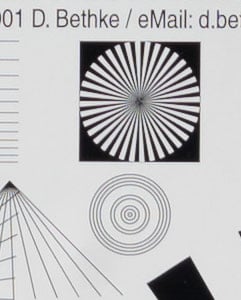 | 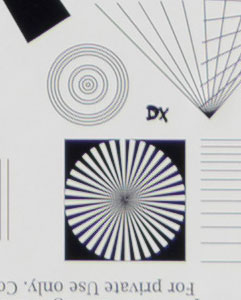 | 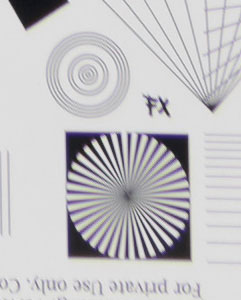 | ||
35mm, f8.0, 100 ISO | 35mm, f8.0, 100 ISO | 35mm, f8.0, 100 ISO | ||
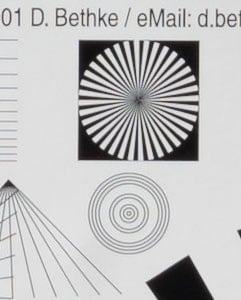 | 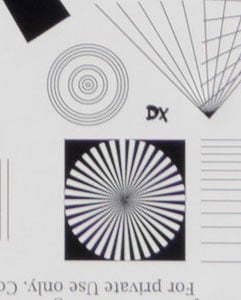 | 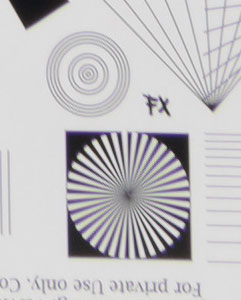 | ||
35mm, f11, 100 ISO | 35mm, f11, 100 ISO | 35mm, f11, 100 ISO |
Center performance continues to excel. And remember: the star-targets and the concentric circles on the left are already 4-5 mm off center, defining a broader sweet-spot of 8-10 mm diameter than a simply dead-center target could measure. The DX-corner is a bit soft wide open and profits from stopping down to f5.6 or f8. The FX-corner is disappointing wide open with prominent astigmatism even at f8.
Let’s move on to 50mm:
Nikkor AF-S 24-120mm f/4.0G VR with Nikon D800 100% crop from center | Nikkor AF-S 24-120mm f/4.0G VR with Nikon D800 100% crop from DX-corner | Nikkor AF-S 24-120mm f/4.0G VR with Nikon D800 100% crop from FX-corner | ||
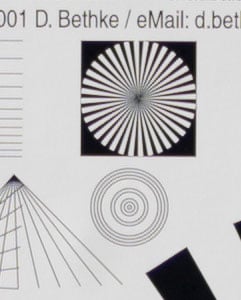 | 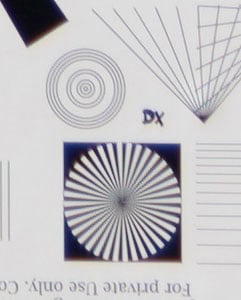 | 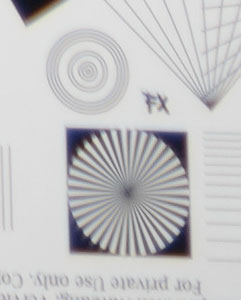 | ||
50mm, f4.0, 100 ISO | 50mm, f4.0, 100 ISO | 50mm, f4.0, 100 ISO | ||
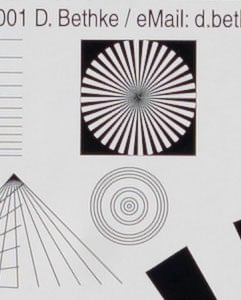 | 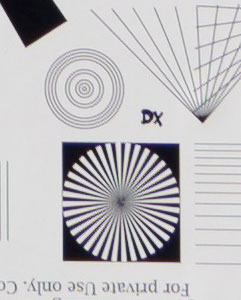 | 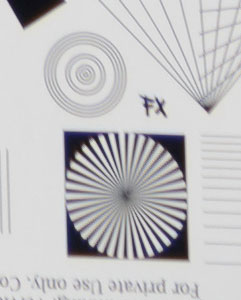 | ||
50mm, f5.6, 100 ISO | 50mm, f5.6, 100 ISO | 50mm, f5.6, 100 ISO | ||
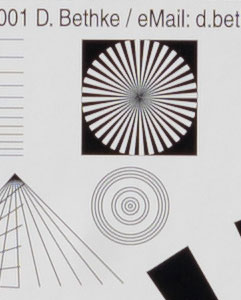 | 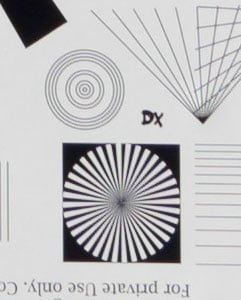 | 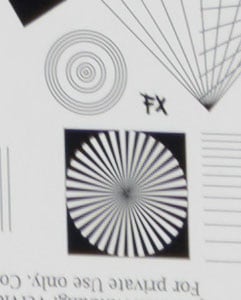 | ||
50mm, f8.0, 100 ISO | 50mm, f8.0, 100 ISO | 50mm, f8.0, 100 ISO | ||
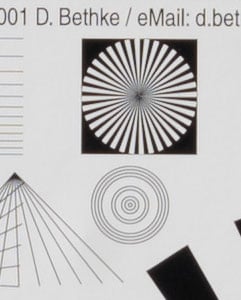 | 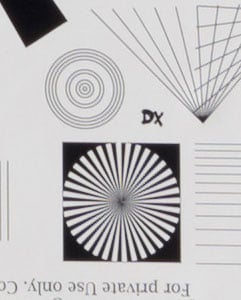 | 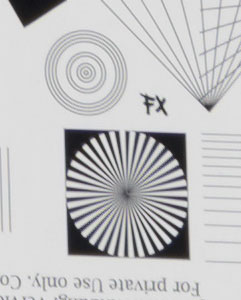 | ||
50mm, f11, 100 ISO | 50mm, f11, 100 ISO | 50mm, f11, 100 ISO |
The performance is similar to 35mm with the DX-corner becoming a tad softer. But the aberrations in the FX-corner react more positively to stopping down: f8 already produces good results with less prominent astigmatism than at 35mm. Pincushion-distortions are now clearly visible in the FX-corner.
Performance at 70mm:
Nikkor AF-S24-120mm f/4.0G VR with Nikon D800 100% crop from center | Nikkor AF-S 24-120mm f/4.0G VR with Nikon D800 100% crop from DX-corner | Nikkor AF-S 24-120mm f/4.0G VR with Nikon D800 100% crop from FX-corner | ||
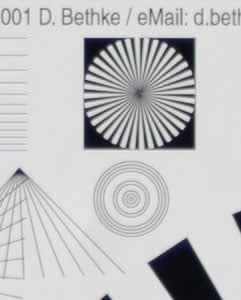 | 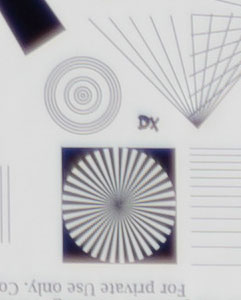 | 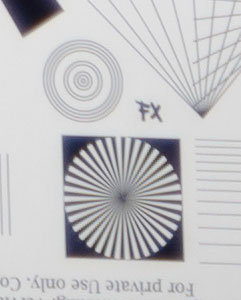 | ||
70mm, f4.0, 100 ISO | 70mm, f4.0, 100 ISO | 70mm, f4.0, 100 ISO | ||
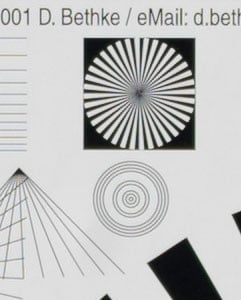 | 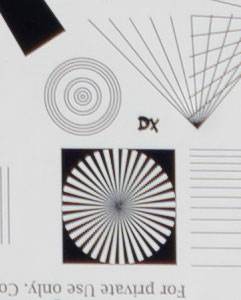 | 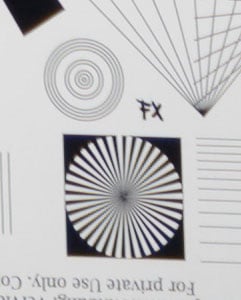 | ||
70mm, f5.6, 100 ISO | 70mm, f5.6, 100 ISO | 70mm, f5.6, 100 ISO | ||
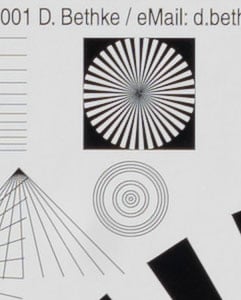 | 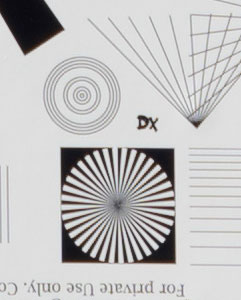 | 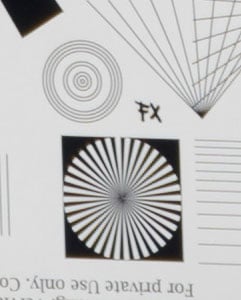 | ||
70mm, f8.0, 100 ISO | 70mm, f8.0, 100 ISO | 70mm, f8.0, 100 ISO | ||
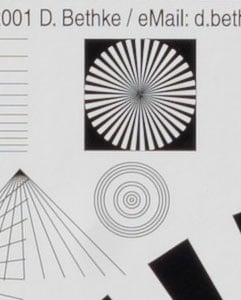 | 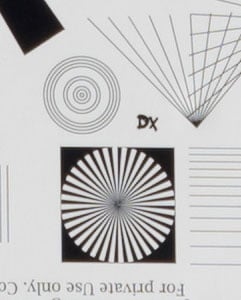 | 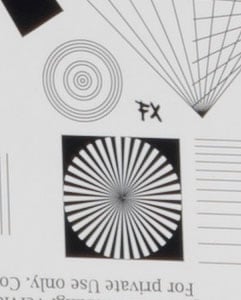 | ||
70mm, f11, 100 ISO | 70mm, f11, 100 ISO | 70mm, f11, 100 ISO |
At 70mm center performance becomes clearly softer and the DX-corner shows strong haloing wide open. Fortunately both center and DX-corner benefit considerably from stopping down to f5.6. The FX-corner is getting into pretty usable territory with good sharpness albeit at lower contrast – which improves visibly with stopping down to f5.6. So at f5.6 this lens produces good image quality across the board.
And finally, performance at 120mm:
Nikkor AF-S 24-120mm f/4.0G VR with Nikon D800 100% crop from center | Nikkor AF-S 24-120mm f/4.0G VR with Nikon D800 100% crop from DX-corner | Nikkor AF-S 24-120mm f/4.0G VR with Nikon D800 100% crop from FX-corner | ||
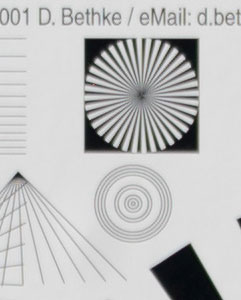 | 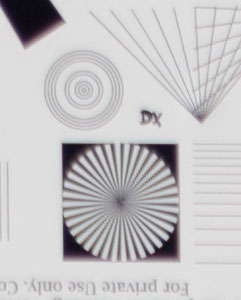 | 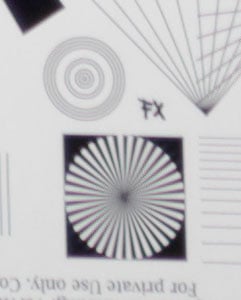 | ||
120mm, f4.0, 100 ISO | 120mm, f4.0, 100 ISO | 120mm, f4.0, 100 ISO | ||
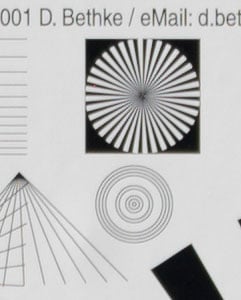 | 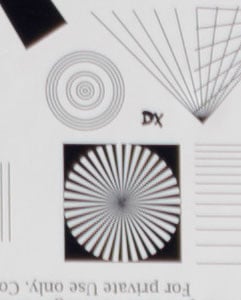 | 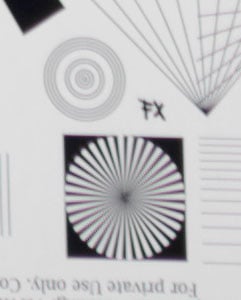 | ||
120mm, f5.6, 100 ISO | 120mm, f5.6, 100 ISO | 120mm, f5.6, 100 ISO | ||
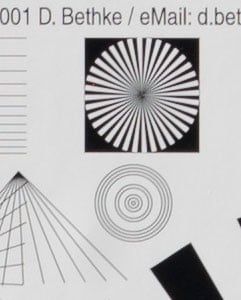 | 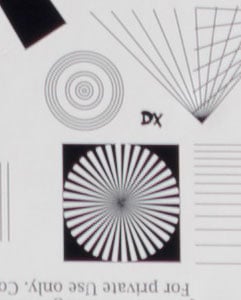 | 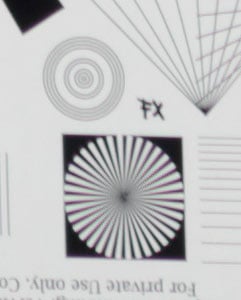 | ||
120mm, f8.0, 100 ISO | 120mm, f8.0, 100 ISO | 120mm, f8.0, 100 ISO | ||
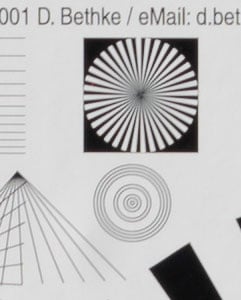 | 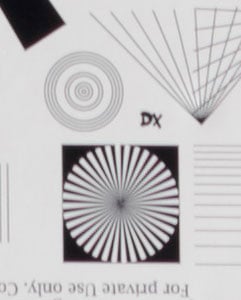 | 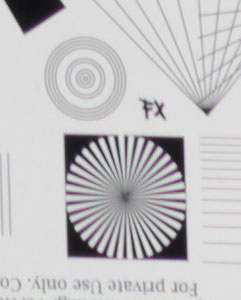 | ||
120mm, f11, 100 ISO | 120mm, f11, 100 ISO | 120mm, f11, 100 ISO |
Compared to 70mm the (near) center performance at 120mm stays on a similar good to very good level while the DX-corner barely reaches good performance and the FX-corner shows clearly less definition than at any other focal length: Even stopping down to f8 or f11 produces only so-so results.
Performance at large distances
The Siemens-star test-targets are shot at a distance of 40x focal length (i.e. at 2m for 50mm f.l.). But performance of lenses also depends on the shooting distance. Therefore I do another series of test-shots of a landscape dubbed the “Unremarkables” where you can measure distances in km, not meters. In the morning, when the weather is clear and the sun is up I use this scene to show you how the lenses perform, when almost everything is at infinity. I set White Balance to a standard daylight value to make them comparable across lenses shot at the same day and also try to make exposure comparable. There’s no tinkering with vignette-control so you see it here as it is produced by the lens. Focus was acquired at the largest aperture in contrast-based AF and not changed for other apertures, VR was off.
You can click on each image to access the large original. Please respect our copyright and only use those images for personal use.
The main image shows the complete scene at maximum aperture to give you an impression of the angle of view and to judge vignetting). This is followed by one row of 100% crops at different apertures each from the middle and the right (FX-)border. Let’s start with 24mm focal length where you can see some heavy vignetting:
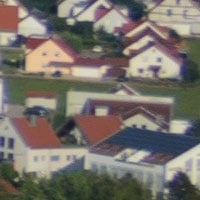 | 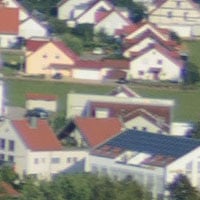 | 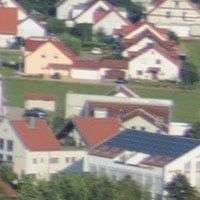 | ||
24mm, f4.0, 100 ISO, border | 24mm, f5.6, 100 ISO, border | 24mm, f8, 100 ISO, border | ||
The infinity-shot at 24mm confirms the lens’s performance from the synthetic test-target. You can even see that center performance is best wide-open: incredible! Border performance is not bad wide open but does not really profit much when stopping down.
Same story at 35mm, albeit with only little vignetting:
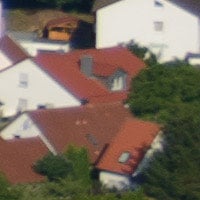 | 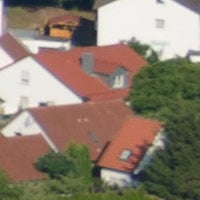 | 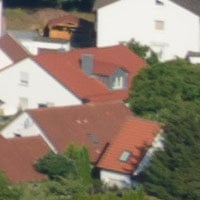 | ||
35mm, f4.0, 100 ISO, border | 35mm, f5.6, 100 ISO, border | 35mm, f8, 100 ISO, border | ||
At 50mm focal length the corner clearly profits from stopping down:
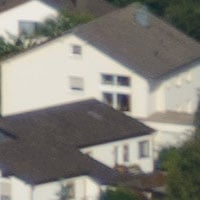 | 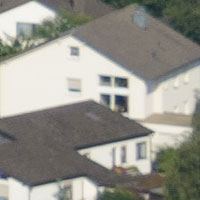 | 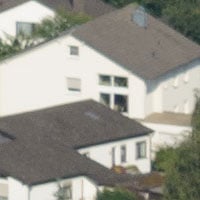 | ||
50mm, f4.0, 100 ISO, corner | 50mm, f5.6, 100 ISO, corner | 50mm, f8, 100 ISO, corner | ||
85mm shows a similar performance but the border does not improve much when stopping down – and vignetting is creeping back in:
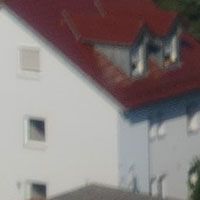 | 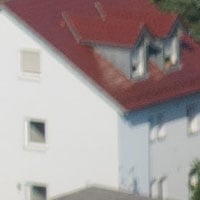 | 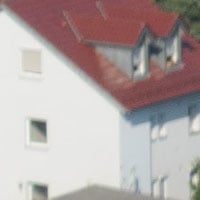 | ||
85mm, f4.0, 100 ISO, border | 85mm, f5.6, 100 ISO, border | 85mm, f8, 100 ISO, border | ||
Compare these border-crops to the results from the Nikon AF-S 24-85/3.5-4.5G VR to see what a well defined roof should look like.
At 120mm the mushy borders continue to disappoint:
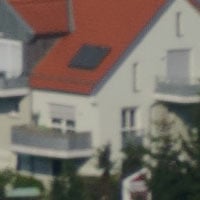 | 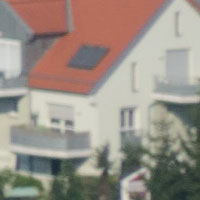 | 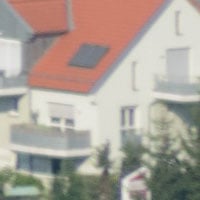 | ||
120mm, f4.0, 100 ISO, border | 120mm, f5.6, 100 ISO, border | 120mm, f8, 100 ISO, border | ||
|
Flare/ghosting
Shooting normal or wide-angle lenses always runs the risk of catching a strong light-source like the sun shining directly into the lens. This could produce strange colorful ghosts-images or reduce contrast considerably through flare and glare.
As the results depend on many factors including the aperture, focal length, and the angle the light hitting the lens the effect is not easy to reproduce faithfully. So I did a series of shots under conditions that provoke glare and ghosting. The image shows one of the shots from this series.
It was easy to produce the effect and other shots showed a similar amount of ghosts and flares. But the blacks in this image stayed very black, so glare did not reduce the overall contrast. Zooming in towards the long end does reduce flares and ghosts become less prominent.
So the lens produces some mixed results in this category, even though it has Nano-coating. The Nikon AF-S 24-85/3.5-4.5G VR with its standard coating produced less flare and ghosting in my tests.
